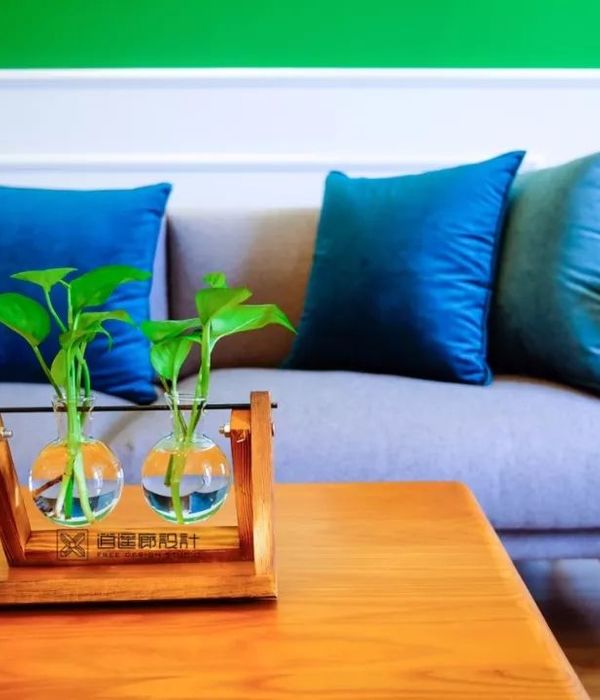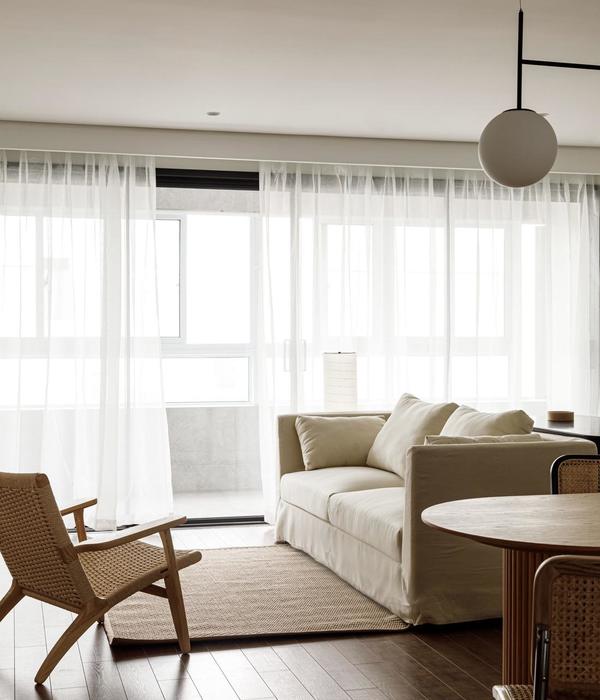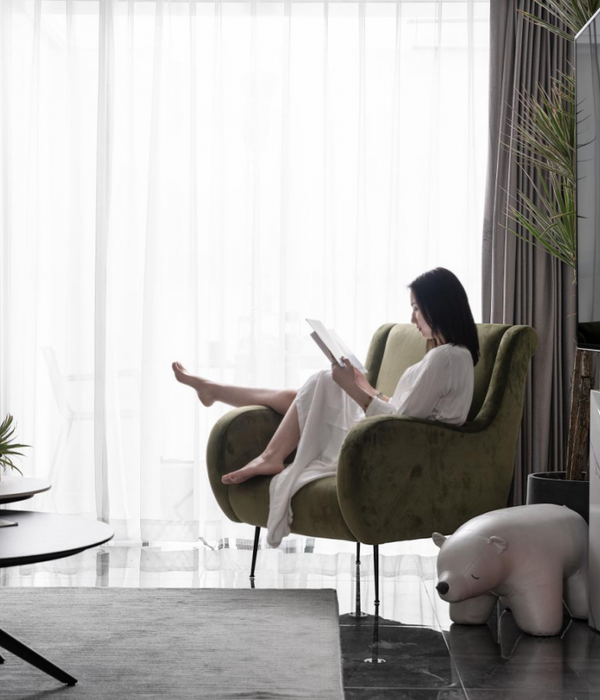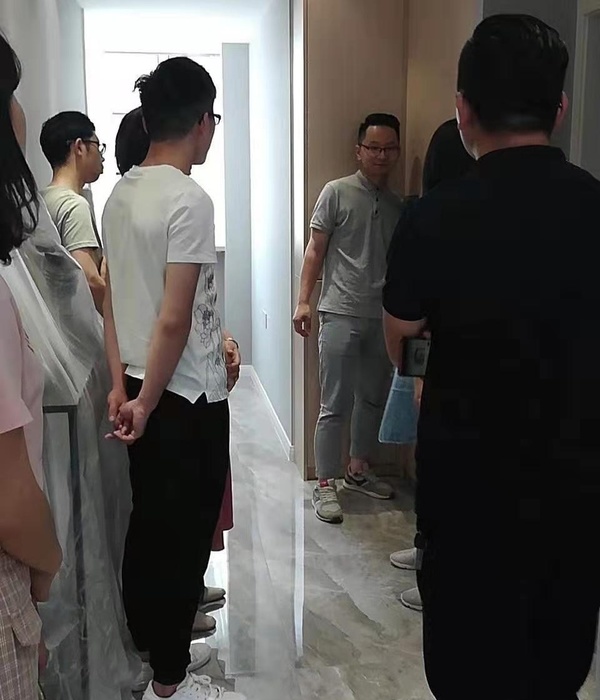这是一个私人住宅和工作室改建项目。地面层和下层都为工作室。地面层以上是住宅。
建筑的一侧临靠着12世纪建好的围墙。建筑师们谨慎的采用传统工艺恢复原有墙壁,并将其展示揭露在内部空间之中。这个改建建立在可持续的发展观念上,并落实在技术,经济,能源等具体问题中。采用可回收材料建立科技的轻巧结构和系统,允许预制并快速安装。
整个建筑内部被穷空,新的落叶松木材结构与外皮完美相融,同时拥有极好的抗震性能。主要运用天然材料石材与木材,同时达到良好的绝缘保温与保湿。窗户与天窗的设置使得室内具有明亮持续的光环境。
ON THE 12TH CENTURY WALLS
The Ceschi House leans against the 12th century walls of the city of Vicenza. The architects have “listened” to the existing building carefully: restoring the original walls using traditional techniques, while developing the interior as an independent project which allowed the redistribution of the inner spaces in a functional manner.
RESTORATION AND SUSTAINABILITY
The vision of the restoration as a quest for sustainability has been pursued in the broadest sense of the term, including technical, economic and energy issues. The aim was to create a lightweight structure, that has a character of reversibility, built with high-tech systems, which allowed a period of prefabrication, and streamlining of the implementation and installation phases.
A NEW LARCH SKELETON
In the restoration of the Ceschi house, a new structure was designed to fit inside the existing empty walls: a skeleton of laminated larch wood which extends the full height of the building, defining its distribution and establishing a collaborative relationship with the container characterized by an outstanding anti-seismic performance.
The new structure makes no alterations to the exterior load-bearing walls, but replaces the structural function of existing internal partitions with a lightweight frame system. All the elements which make up the structure were prefabricated, enabling a high level of precision in survey, design and execution.
NATURAL MATERIALS AND LOW ENERGY
For the thermal insulation of the building, which has been classified as class A, a system of insulating panels were set inside the existing masonry walls, consisting of multilayer insulation laid on a wood and compressed earth panels. These compressed earth panels have high thermal mass and regulate the humidity of the internal environment, making a marked improvement in the heating and cooling performance of the building, and the level of comfort and well-being of its inhabitants.
DAYLIGHT AND TRANSPARENCY
In the interior glass is used for its diffusive character both on structural solutions and for interior design: the natural light which flows from the outside is filtered by both horizontal and vertical glass surfaces, creating a sense of continuity between the spaces.
Type:
private house and office
Year and location:
2010 Vicenza, Italy
Client:
Barbara Ceschi a Santa Croce
Architects:
traverso-vighy
Giovanni Traverso, Paola Vighy
with Giulio Dalla Gassa, Sheerja Iyer,
Elena Panza, Valentina Rossetto
Structural analysis:
Life Engineering
Ing. Franco Grazioli
Construction company:
Impresa Bios edilizia
Laminated structures:
Falegnameria Cereghini
Photo Credits:
Alessandra Chemollo
MORE:
Traverso Vighy
,更多请至:
{{item.text_origin}}












